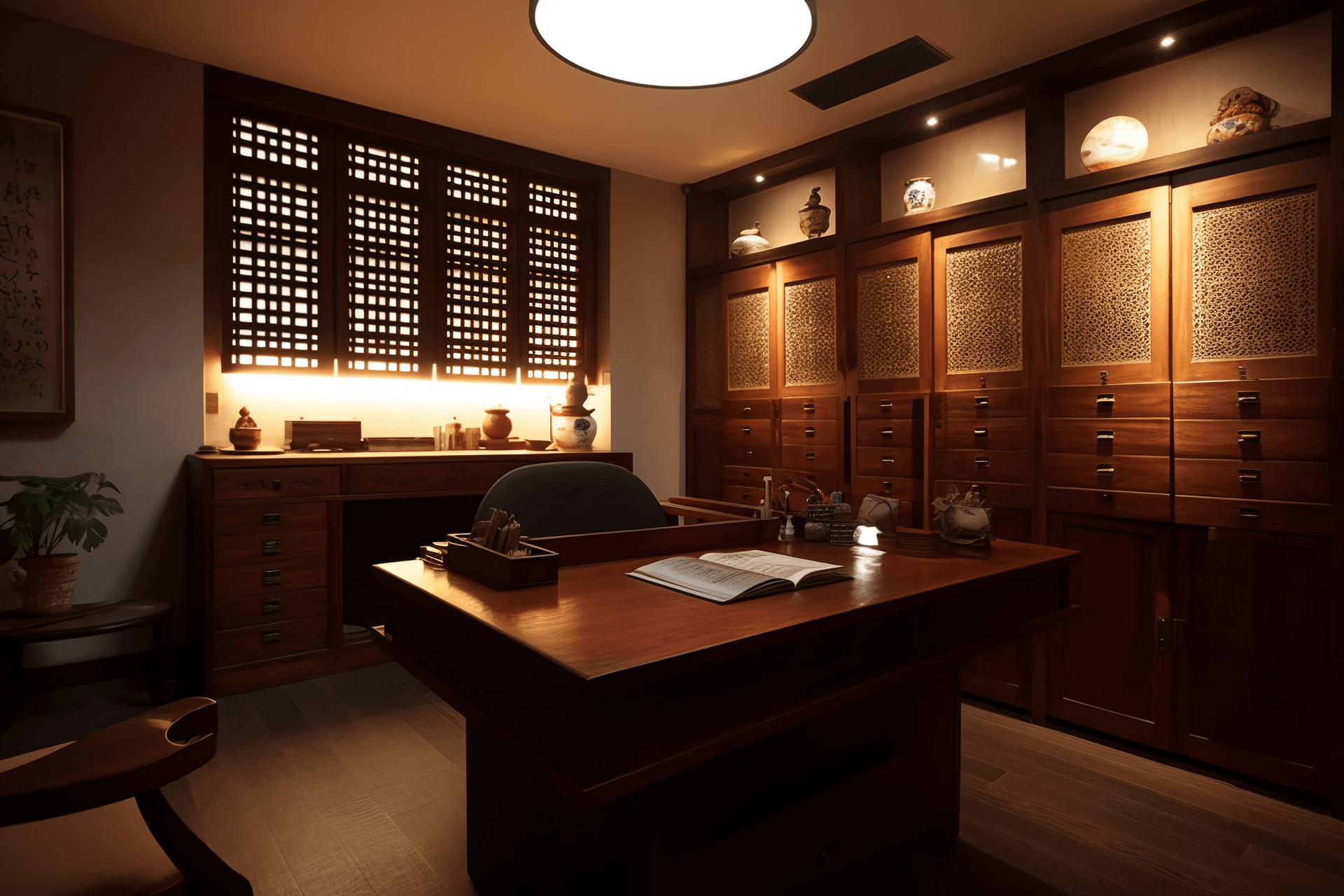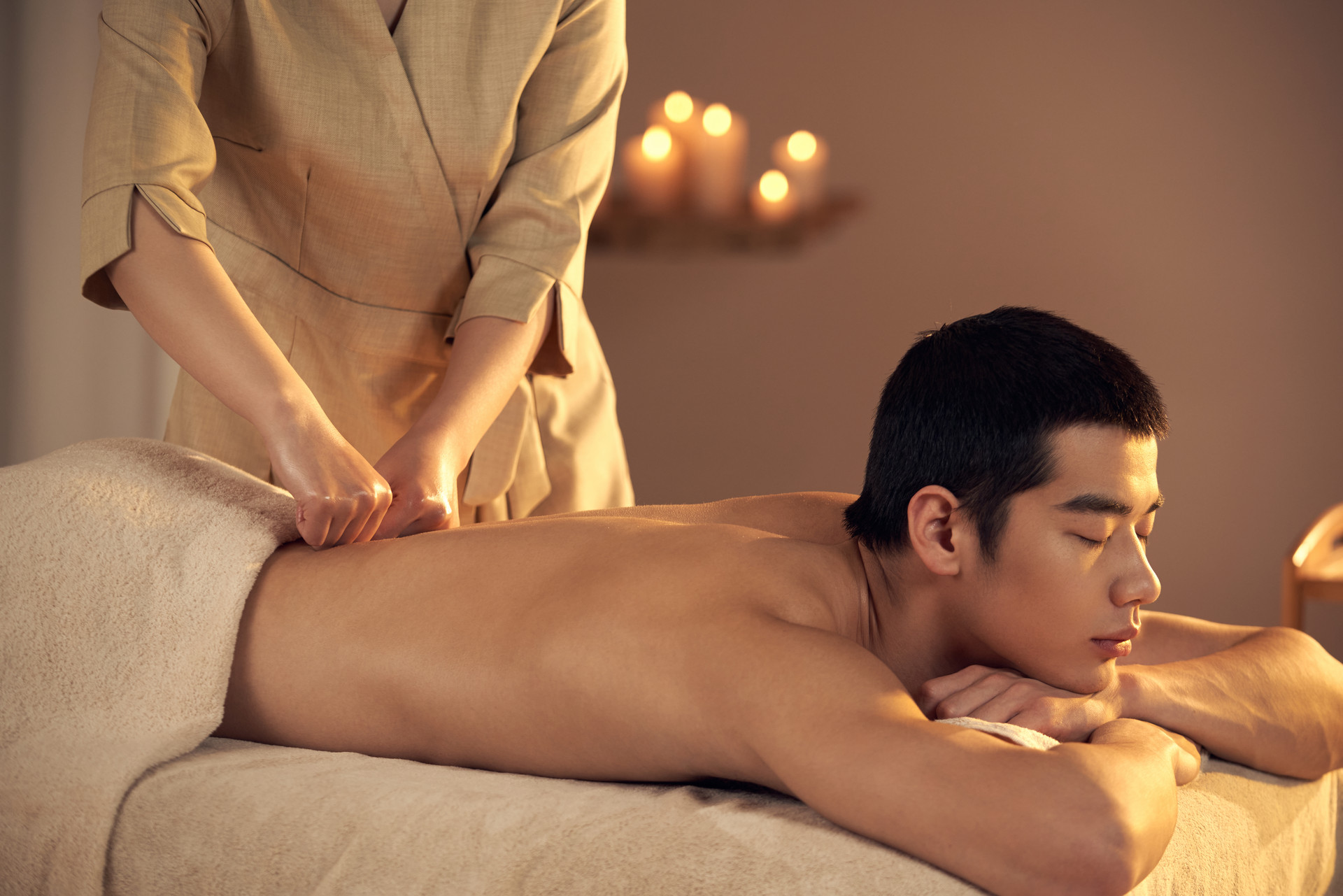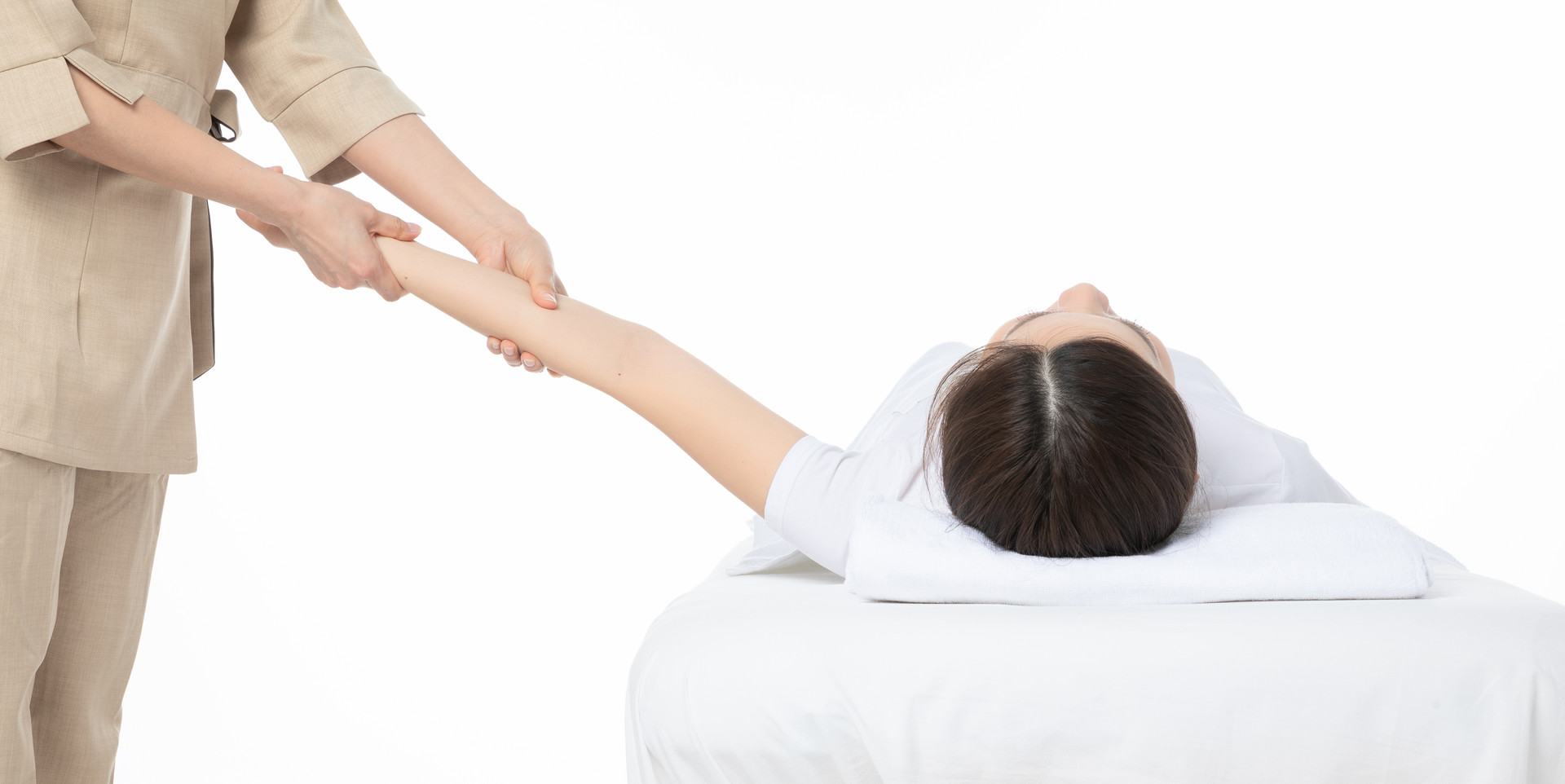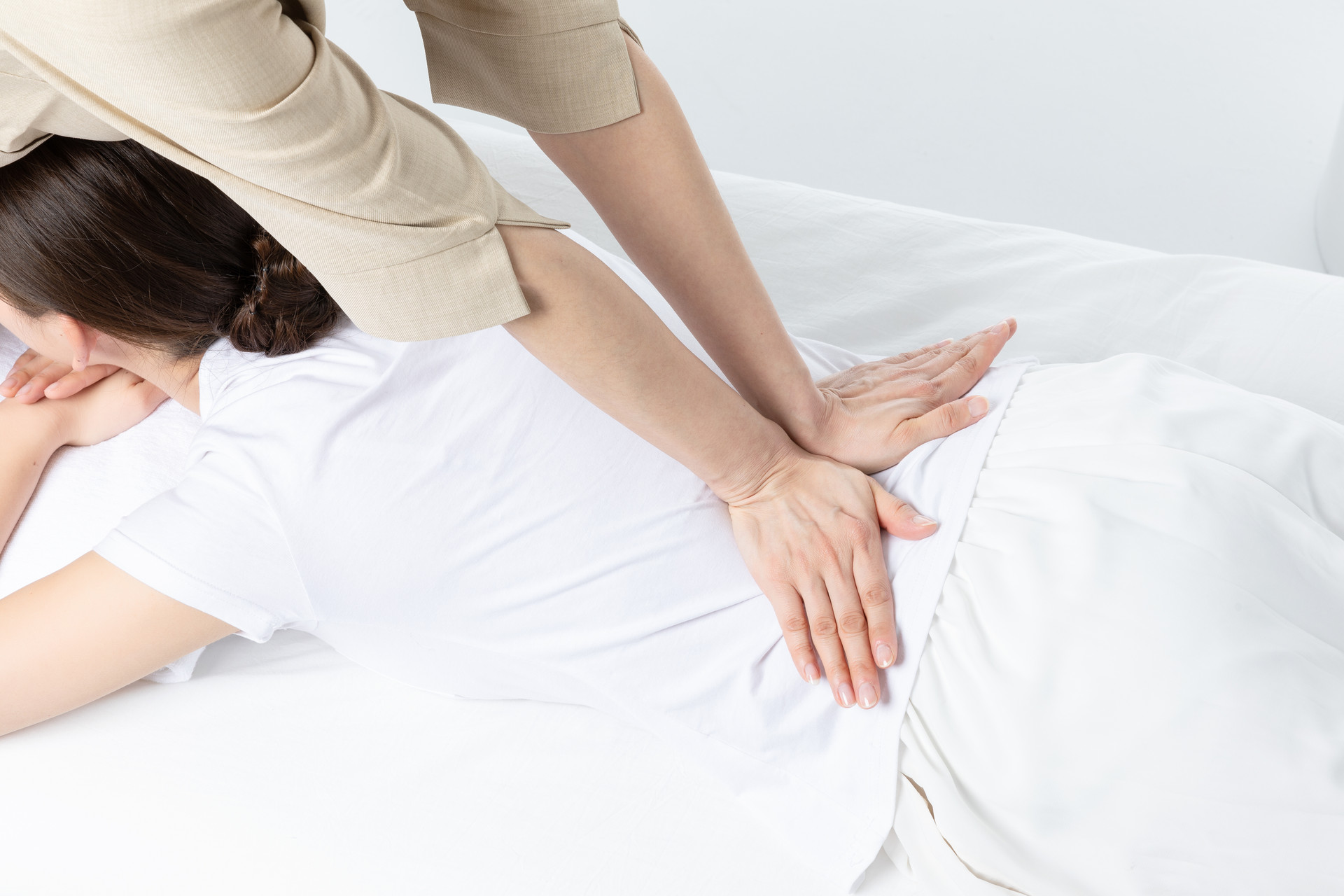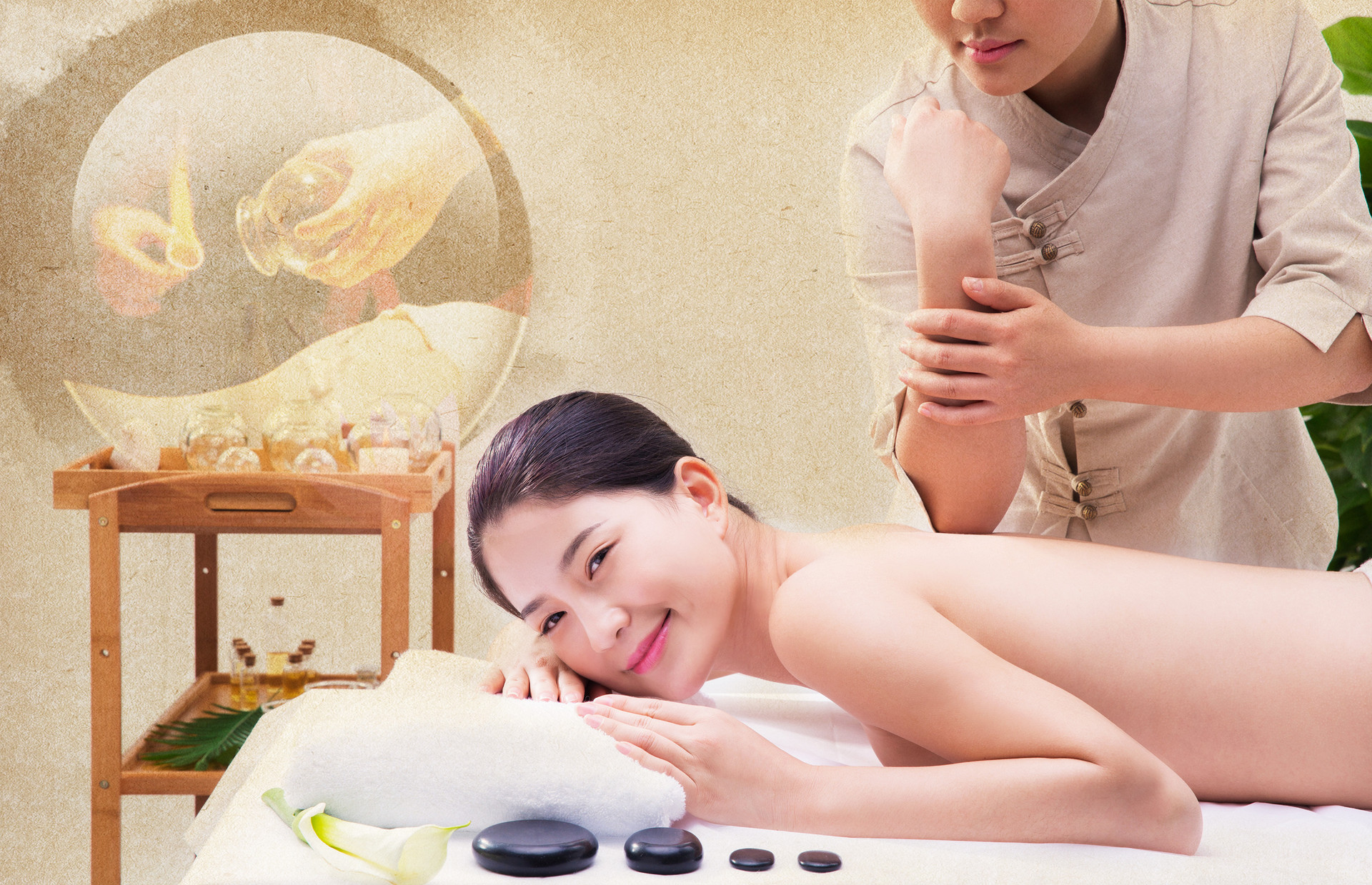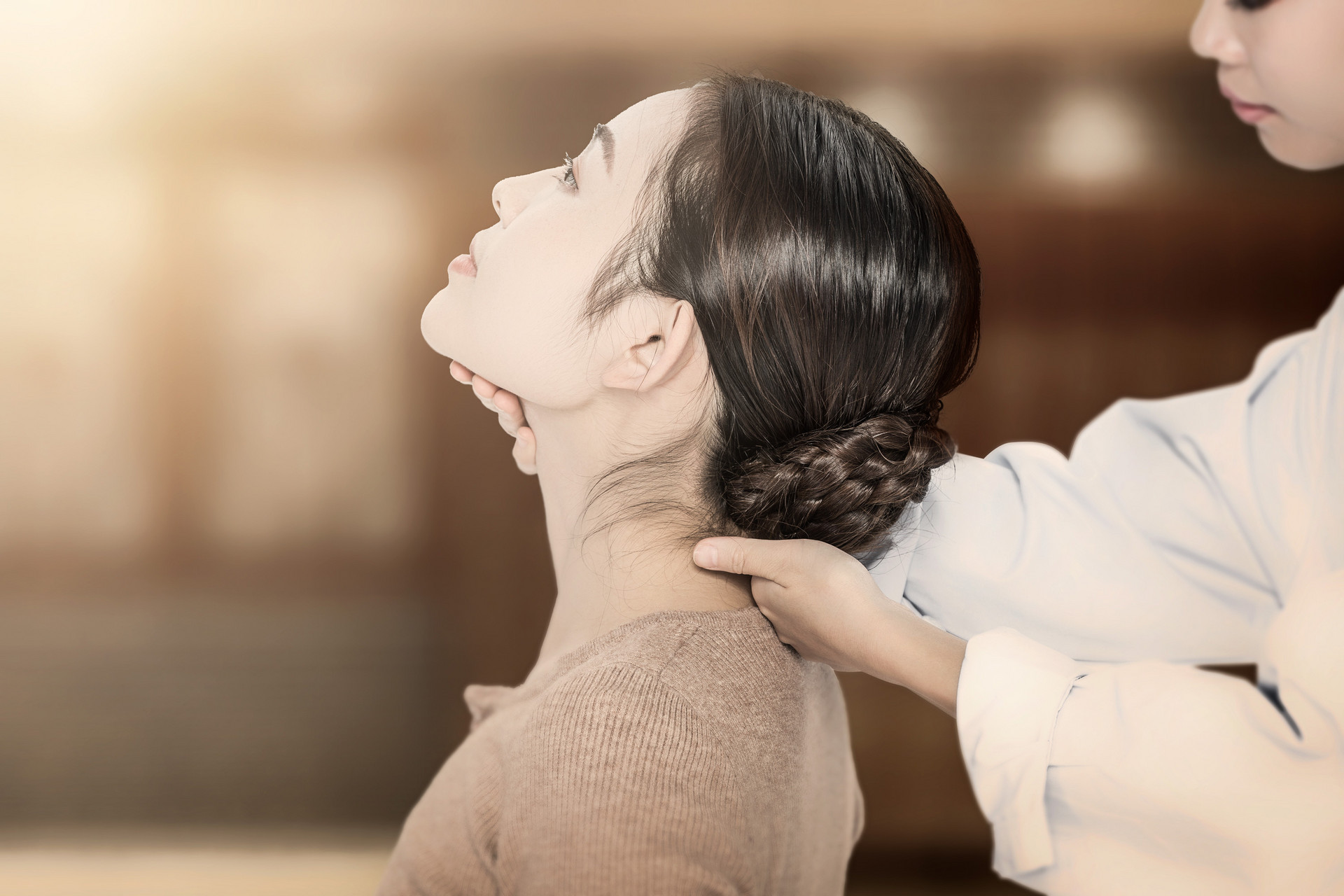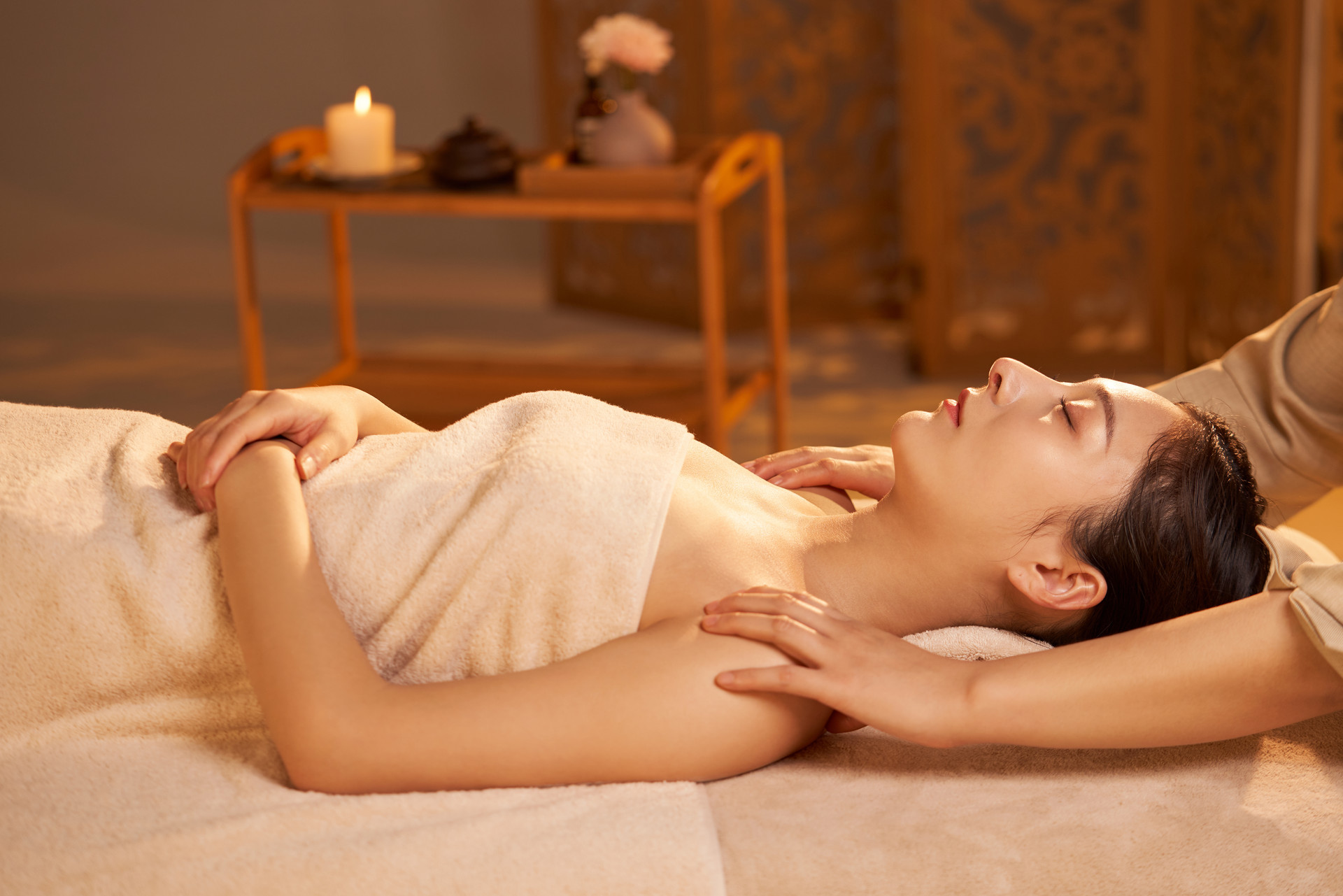1. Thumb pressing massage therapy
Using the thumb to press the surface or the surfaces of the thumb, index finger, middle finger, and ring finger to press the body surface is called thumb pressing. In clinical practice, thumb pressing is the most commonly used method. The practitioner stretches the thumb straight and applies pressure to the treatment area or acupoints. The thumb presses vertically downward, while the other four fingers are open to provide support and assist in applying force. It has the effects of relieving spasm and pain, warming the meridians and dispersing cold, and opening blockages. It is mainly used to treat pain, cough, urinary retention, and other conditions.
2. Palm pressing massage therapy
Using the palm to apply pressure is called palm pressing. The practitioner bends the wrist, uses the palm root, palm creases, or the entire palm to apply pressure to the treatment area, pressing vertically downward. The palm pressing method can be performed with a single palm or with overlapping palms. It has the effects of loosening tendons and vessels, warming the middle, and promoting blood circulation and dispersing blood stasis. It is mainly used to treat back pain, muscle stiffness, functional spinal curvature, and abdominal pain.
3. Plucking massage therapy
Using the thumb to apply deep pressure to the treatment area and making back and forth plucking movements like playing a stringed instrument is called plucking. It is also known as plucking method, finger plucking method, plucking meridian method, stretching method, etc. The practitioner stretches the thumb straight and applies pressure to the surface of the body at the treatment area. The thumb is pressed down to a certain depth until a tingling sensation is felt. Then, the thumb moves back and forth in a vertical direction along the muscle fibers, tendons, ligaments, or meridians. The other four fingers lightly support the limbs to assist in applying force. If the strength of a single finger is insufficient, the thumbs of both hands can be overlapped for plucking. It has the effects of relieving pain, decomposing adhesions, and is mainly used to treat soft tissue injuries, localized soreness, and restricted movement.
4. Point pressing massage therapy
Using the fingertips or the protruding part of the flexed finger joints to apply pressure to the treatment area is called point pressing. There are three methods of point pressing. (1) Thumb tip point pressing method: The practitioner clenches a fist, stretches the thumb straight, and presses the treatment area with the thumb tip. When pressing downward, the thumb should be closely attached to the outer side of the middle joint of the index finger to avoid straining the thumb interphalangeal joint. (2) Bent thumb method: The practitioner bends the thumb and uses the radial side of the thumb interphalangeal joint to press the treatment area. When performing the method, the thumb tip can be pressed against the outer edge of the middle joint of the index finger to assist in applying force. (3) Bent index finger method: The practitioner bends the index finger, holds the other fingers, and uses the protruding part of the first interphalangeal joint of the index finger to press the treatment area. When performing the method, the inner edge of the thumb tip can be pressed tightly against the index finger nail to exert force. It has the same effects as thumb pressing and is mainly used to treat the same conditions.
5. Pressure massage therapy
Using the thumb surface, palm surface, or the protruding part of the elbow joint to apply pressure to the body surface at the treatment area is called pressure massage. Currently, pressure massage commonly refers to a specific technique, which is using the elbow to press the treatment area, called elbow pressure. The practitioner flexes the elbow joint and applies pressure to the treatment area with the elbow tip, pressing vertically downward. It has the effects of relaxing tendons, activating collaterals, relieving spasms, and stopping pain. It is mainly used to treat lumbar muscle stiffness, refractory lumbar and leg pain, and other conditions.
6. Pinching massage therapy
Using the fingertip to press and pinch the body surface at the acupoints is called pinching. The practitioner slightly bends the thumb and uses the thumb nail to apply pressure to the acupoints on the body surface. It has the effects of opening the orifices, awakening the brain, and rescuing the collapsed yang. It is mainly used to treat heatstroke fainting, convulsions in children, fainting, and other conditions.
7. Pressing massage therapy
Applying symmetrical pressure to the treatment area using the fingers or palms is called pressing. The practitioner uses both hands to press or use fingers to press symmetrically on the corresponding parts or acupoints of the limbs, and then applies pressure relatively. It has the effects of dredging the meridians, dispelling wind, and relieving surface symptoms. It is mainly used to treat headache due to external factors, limb soreness, numbness, delayed sensation, and other conditions.
8. Disc rotating massage therapy
Using the palm to perform rotating pressure on the treatment area is called disc rotating. It evolved from the palm pressing method. The practitioner places the palm flat on the treatment area and slowly and gently rotates clockwise. The pressure points are rotated repeatedly in the order of the palm creases, palm roots, hypothenar eminence, and fingertips, like a disc rotating on a tabletop. It has the effects of warming and promoting blood circulation, relieving urgency, and stopping pain. It is mainly used to treat abdominal distension, pain, and other conditions.
9. Fist pressing massage therapy
Pressing the treatment area with a clenched fist using the first interphalangeal joint on the back side of the index, middle, or ring finger is called fist pressing. The practitioner clenches the fist, applies pressure to the treatment area with the back side of the first interphalangeal joint of the index, middle, or ring finger, and performs small-scale pushing or shaking. It has the effects of relaxing tendons, activating collaterals, relieving spasms, and stopping pain. It is mainly used to treat rheumatic pain, local numbness, muscle spasms, and other conditions.
10. Touching massage therapy
Derived from the palm pressing method, the practitioner rubs the palms together until they become warm, and then quickly places the palms on the treatment area to allow the heat to penetrate into the body. It has the effects of warming and promoting blood circulation and relieving urgency and stopping pain. It is mainly used to treat abdominal pain, diarrhea, dysmenorrhea, and other conditions.
11. Hooking and pressing massage therapy
Using the fingertips to hook the treatment area and apply pressure is called hooking and pressing. The practitioner extends the middle finger with the interphalangeal joint of the fingers slightly bent, holds the other fingers, and then uses the fingertip to hook and apply pressure to the treatment area or acupoints. The direction of the pressure can be upward or downward depending on the treatment area. It has the effects of opening the voice and clearing the throat, promoting lung function, promoting qi circulation and blood circulation, and relieving spasms and pain. It is mainly used to treat tongue stiffness, dysphonia, plum pit qi, throat obstruction, cough, asthma, difficult expectoration, and back pain.
12. Pressing without moving massage therapy
Pressing without moving is called pressing method. The practitioner uses the thumb creases to press the treatment area without moving. The technique is less stimulating compared to pressure massage. It has the same effects as thumb pressing and is mainly used to treat the same conditions.



